Is David Holmgren on Facebook?
The simple answer to this question is no. The reasons are complex and relate to his ambiguous relationship to new technologies through the decades. David has been inspired hearing about the thriving RetroSuburbia Community Facebook group and is very pleased that it is enabling people to share their stories, make connections and support each other in their retrosuburban journeys. However, he has decided that he will not be participating directly. He explains his position here.
Since my teenage years I have been skeptical of the faith that new technologies are always an improvement on the past. Further, my view of the future suggests that recently evolved technologies may be the first to fail as society is impacted by multiple crises from climate change and resource depletion to financial and geo-political instability.
But I have also long recognised that the spread of permaculture has been global and networked, rather than local and parochial, and that information technologies have greatly assisted in that process.
I have thus woven a path between skeptical disconnection from information technology and early adoption for strategic use in spreading permaculture thinking and solutions.
I grew up without television and my partner Su Dennett and I have maintained a television free household ever since. On the other hand, I adopted my father’s habitual listening to Radio National to stay connected to world news.
Su and I moved from Melbourne to country Victoria in the 1980s, long before the internet overcame the tyranny of distance. At the same time I became an early computer user and self-publisher using desktop publishing techniques.
In the nineties, my consultancy business, Holmgren Design, and the company that created the Fryers Forest eco-village, Fryers Forest Research and Development, operated without a fax machine, but in the late nineties I was an early adopter of email for business communications and created the first Holmgren Design website in 2000. With the publication of my Permaculture: principles and pathways beyond sustainability in 2002, our book launch tour of the east coast of Australia saw Su (temporarily) adopt a mobile phone even though she had always maintained a much stronger scepticism of technology than I. Around the same time, after more than a decade of innovative use of information technology on a shoestring budget, I handed the reins of IT admin to our self-taught teenage son Oliver.
Over those years we very deliberately minimised Oliver’s childhood exposure to computers, which may have accelerated his adolescent interest and expertise but led to self-regulation. In RetroSuburbia, I give the following strategic response sequence for dealing with children and adolescent exposure to media technologies and social media: ‘Prohibit’; ‘Limit’; ‘Negotiate’ and ‘Accept, but provide no support’. In Oliver’s case, this sequence was followed by a ‘Reward and collaborate’ stage, illustrating the oscillation between selective disconnection and wholehearted adoption that has characterised my relationship to information technology.

These days Su uses her mobile phone to stay in contact with far-flung family, organise her food share, and take card transactions at RetroSuburbia book events, while I remain phone-phobic but am reluctantly considering the possibility of getting one rather than depending on Su.
Meanwhile my internet presence has grown and is now supported by colleagues with a far greater depth of experience. The complexity of the web design, maintenance and security for the book publishing and distribution systems is well beyond my comprehension and management.
As always, I have watched the rise of social media from my skeptical permaculture perspective.
Balancing time at the desk with time in the garden, farm, workshop and forest is always important to me. There are limits to how much time I’m prepared to be mediated through technology.
Even more important is balancing the power of social media to create and accelerate network community with its potential to inhibit the redevelopment of local geographic community. Long before social media in the early nineties, I would get the occasional casual contacts comment on my fame when recognising my name and connection to permaculture. To this I would reply:
Well, sort of. You know how back in the 60s Andy Warhol famously said that “in the future”, as in now [90s], “everyone will be famous for 15 minutes” – a great insight into the rapidity of cultural change. Well my version of that is: in the future everyone will be famous to 15 other people. So yes, I am famous within a global permaculture network of perhaps many thousands of people at the same time that I am not, to more than a handful of people in our local community. That’s the world we are heading into – networks of interest groups that function like parochial residents of isolated mountain villages responding to each other’s social signals but ignorant of the rest of the world.
I feel this was prescient of first social media, and now, the breakdown of mainstream media into giant echo-chambers repeating competing and antagonistic views of reality.
From its beginnings more than a decade ago, I was aware of the potential of social media to empower a surveillance state. I have never been obsessed with personal privacy and I’ve always been upfront and public about my permaculture lifestyle.
Just as RetroSuburbia: the downshifter’s guide to a resilient future is written for an Australian, even local, audience, I am always trying to use the power of global networks to stimulate their relocalisation in real geographic neighbourhood communities. Such neighbourhoods are essential if humanity is to have a chance of ameliorating climate change impacts, let alone adapt to an energy descent future where local will again be the norm rather than the exception.
Which brings us to the RetroSuburbia Community Facebook group set up and moderated by Meg Ulman, who manages the web and social media presence for Holmgren Design and Melliodora Publishing.
While I don’t contribute directly to the group, Meg keeps me updated and consults me on curly questions and issues as they arise. It is great to have such a social media savvy operator moderating the rapid growth of retrosuburban action and exchange happening on Facebook.
Meg and her partner Patrick Jones have themselves empowered and aided many people to live better lives by their radical home-based life (documented at Artist As Family), which has for a decade been a powerhouse of positivity through social media. Meg Ulman’s capacity to communicate practical permaculture at the household and community scale means I have great confidence in her ability to contribute, answer questions and effectively moderate in ways that reflect what I am on about.
On the technical side, supporting Meg and the rest of the team are Holmgren Design’s IT and website support Ostii Ananda from Flowji, and partners Richard Telford and Oliver Holmgren at Permaculture Principles who manage book distribution. With this depth of web and social media savvy business and activism all powered by permaculture ethics and principles, I’m confident that the social media side of my role as a public intellectual is in good hands without resorting to a fake presence as so many prominent people do by getting staff to ghost write on their behalf.
After a lifetime of applying DIY to everything in life and business, I’m learning that I don’t have to do everything and in any case, like the fax machine, if I hold out for long enough Facebook could be in the rear view mirror of history.

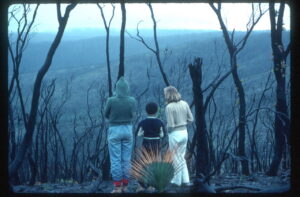
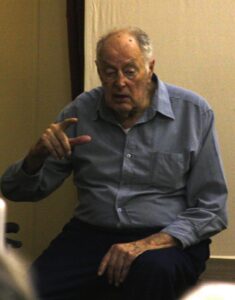
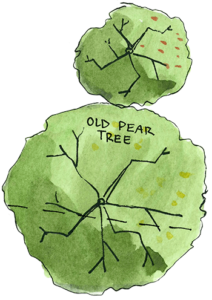
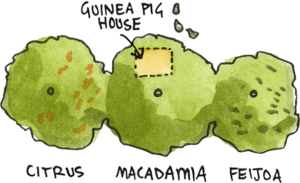












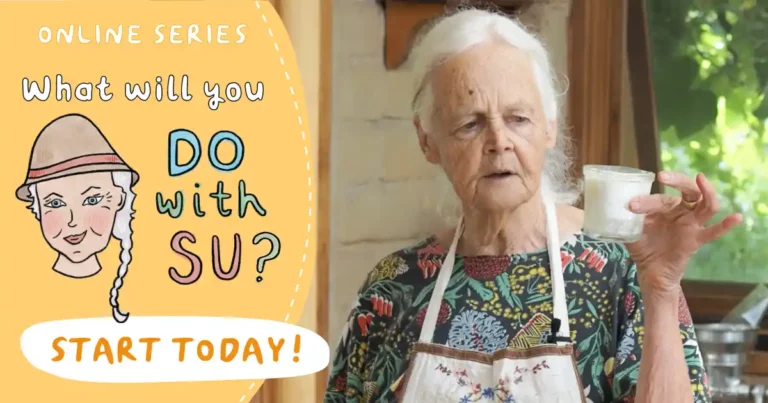
1 thought on “Is David Holmgren on Facebook?”
The global food supply is under eminent risk of collapse, even grasses are dying in tropical Queensland, Australia. Unexplained patches of dead pasture are occurring on a grand scale, rendering paddocks useless and whole farms wiped out. While so far the condition has been largely coastal, there is evidence the dieback is moving south and west, but researchers are still unsure what is causing the condition. Could it be geoengineering, as both the fungal based nanoparticles and the atmospheric microwaving destroys the electrical properties and bonding angles of water needed to sustain life. Not to mention direct poisoning by aluminum, barium, strontium, fluoride and other chemicals in the chemtrails. Radiation from Fukushima, evaporating from the ocean and spreading out over the land from the sea in the rainfall would impact Northern Queensland first.
Some remediation could be achieved with industrial scale compost tea spread by planes. The humate organic matter and microbes could mediate some of the heavy metal and radiation. Giving plants natural resistance. Deuterium depleted water in this massive compost tea campaign would greatly increase the chances of success. We can assume ANY water that has been in contact with ionizing radiation atoms will be toxic to life, perhaps due to increased H+ ions, and incorrect bonding angles. Since more and more radiation is going to come in off of the ocean, Australia is going to have to perfect the science of radioactive soil remediation and advanced water science. For that radiation is going INTO THE AQUIFERS as well as the river systems. http://robinwestenra.blogspot.com/2018/08/australian-graziers-fear-unexplained.html